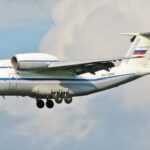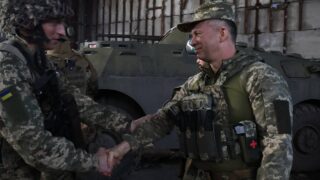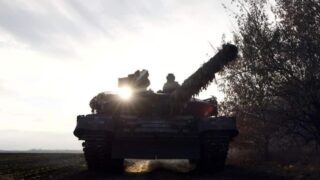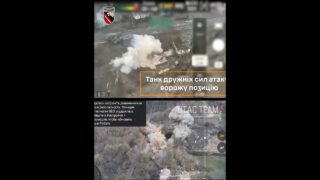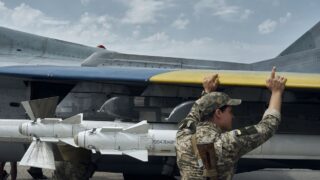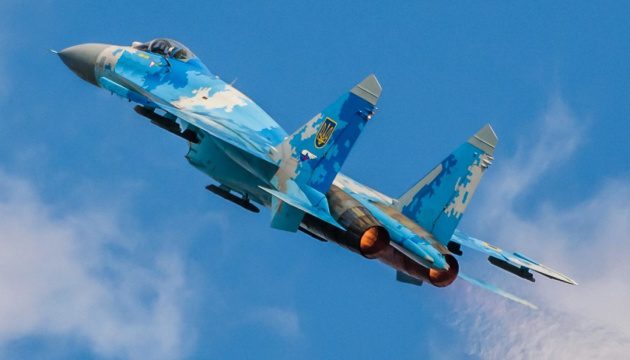
Forbes: Ukraine’s Su-27 jets launch US glide bombs deep into Russian territory
Ukrainian Su-27 aircraft equipped with American GBU-39 glide bombs deliver precise strikes on key Russian targets, such as pontoon bridges and command centers within Russian territory, according to Forbes.
As of December 2024, the Ukrainian Air Force has been utilizing a mix of Soviet-era and Western-supplied aircraft to enhance its operational capabilities amid Russia’s war. Key aircraft in Ukraine’s arsenal include MiG-29, Su-27, and F-16.
In a rare video, a Su-27 is seen releasing four bombs from a single underwing pylon. The aircraft employs a low-altitude approach followed by a rapid climb before the drop, which helps it evade Russian air defenses.
The GPS-guided GBU-39, with its deployable wings, can glide over 95 kilometers, allowing a Su-27 to strike from a safe distance. However, these missions require the aircraft to fly low to avoid radar detection, only ascending briefly to release the bombs for maximum range.
This strategy has enabled Ukraine’s air force to avoid aerial losses, even as Russian forces continue targeting Ukrainian aircraft on the ground. For example, a recent strike hit a pontoon bridge over the Seym River in Russia’s Kursk Oblast, used to reinforce defensive positions.
Facing limited resources, Ukraine employs its glide bombs strategically, deploying around 10–12 per day against high-value targets like bridges and command posts. In contrast, Russia uses significantly more—around 100 daily—often targeting trenches and frontline cities.
This fall, Ukraine destroyed a Russian Tu-134 military transport aircraft belonging to Russia’s 117th Military Transport Aviation Regiment used for transporting high-ranking Russian military officials.
Ukraine destroys Russian Tu-134 military leadership aircraft
The Ukrainian military forces also successfully shot down a Russian Su-30SM fighter jet over the Black Sea using a MANPADS (Man-Portable Air Defense System). The jet, which had been firing missiles at mainland Ukraine, was part of Russia’s 43rd Naval Aviation Regiment.
Related:


